Table of children's clothing sizes

The children's size chart was created to help parents. It helps to correctly determine the size of the child and choose the right clothes. The table takes into account the main criteria, such as age, weight, height, gender. Tables are compiled taking into account the type of clothing: outerwear, shirts, trousers, dresses, skirts, shorts, underwear, hats, shoes.

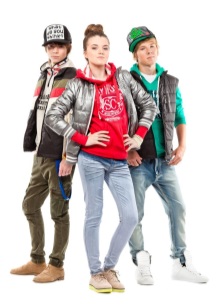

Tables are easy to understand and study. Their significant drawback is that the data entered into them may differ due to the individual characteristics of the growth and body structure of the baby.
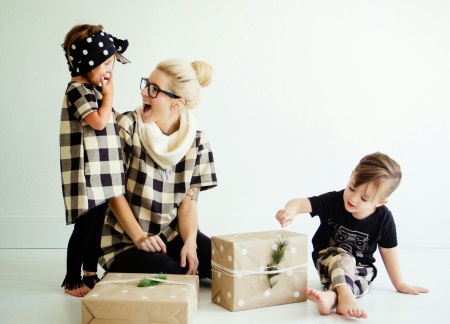
The ratio of age, weight and height
The table of children's clothing sizes for boys and girls takes into account the most important parameters of the child: age and height in centimeters. You can find out the approximate size of the baby from the table, just by choosing his age. The table is focused on the growth of the child. It is easy to pick up clothes and tights on it. International sizes are indicated not by numbers, but by letters: S, M, SM.
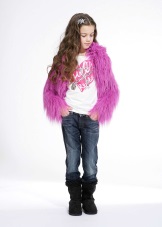
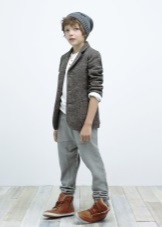

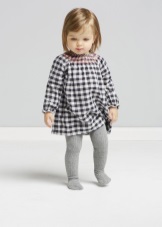
|
Russia |
28 |
30 |
32 |
34 |
36 |
38 |
|
International size |
XXS |
XS |
S |
M |
L |
|
|
Child's height |
110 |
116 |
122 |
128 |
134 |
140 |

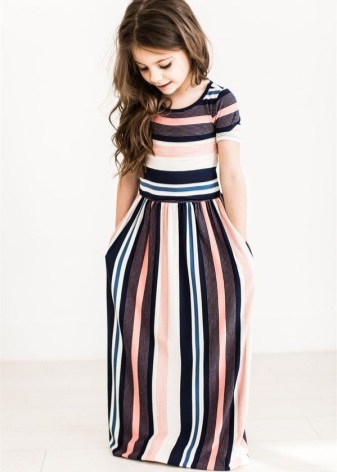
If you want to learn more about clothes, carefully study the data on the label. For 24 clothing sizes, the height of the child is from 74 to 80 centimeters.Such things are aimed at children from six to nine months; 86 size fits kids from 82 to 86 centimeters tall; sizes 74-110 are suitable for children with a height of 69 to 110 centimeters. For height 146, you should choose clothes in size 146; for a height of 152 cm, things are selected taking into account individual characteristics.

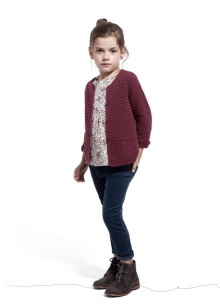
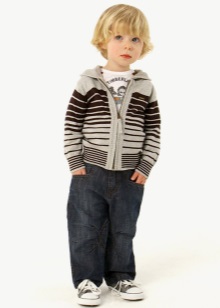
Monthly chart designed for newborns, convenient and versatile. It is ideal for children up to four years of age. Chinese size charts are different from European ones. In them, manufacturers add a letter to the number: 2t, 3t, 4t, 8t, 10t, 4a, 24m. Deciphering these designations is simple: the number in front of the letter indicates the age of the child. In foreign online stores, you can often find tables that use height and age as a measure.
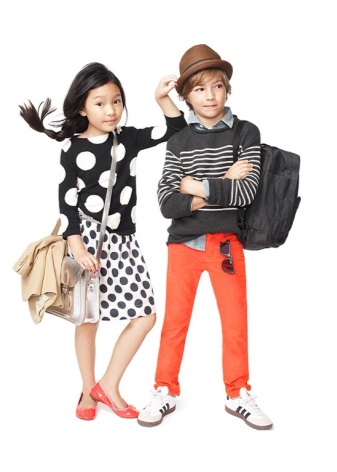

|
The size |
Age (years) |
Growth |
|
2t/2 |
2 |
Up to 90 cm |
|
3t/3 |
3 |
Up to 98 cm |
|
4t/4 |
4 |
up to 105 cm |
|
5 |
5 |
Up to 113 cm |
|
6 |
6 |
up to 120 cm |
|
6x |
7 |
Up to 128 cm |
|
The size |
Age (years) |
Growth |
|
7S |
7 |
129.5 cm |
|
8S |
7-8 |
134.5 cm |
|
10M |
8 |
139.5 cm |
|
12 L |
9-10 |
146 cm |
|
14L |
11-12 |
152.5 cm |
|
16XL |
12-13 |
158.5 cm |

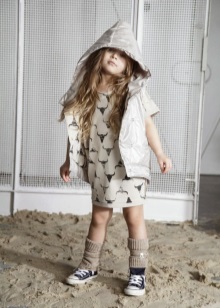
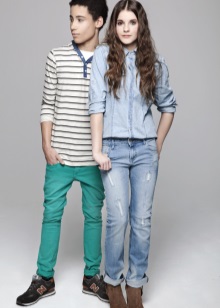
If you are choosing clothes for babies under one year old, knowing their height is not enough.
Manufacturers often indicate weight in tables. With the help of this data, it is much easier to find the perfect fit sliders. If the size indicated in the table is non-standard, then you can’t do without tips.

Size 110 means that the thing is intended for a child with a height of 110 cm. Difficulties arise with such parameters, because a child of this height can be of different builds, thin or full. If clothes are purchased on the site, difficulties may arise due to the lack of automatic selection of sizes. In this case, when ordering, indicate your wishes in the comments, otherwise the seller will send a random product.
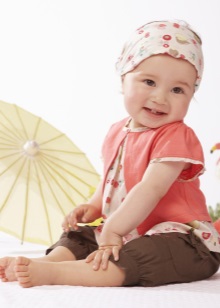
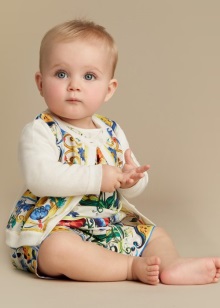
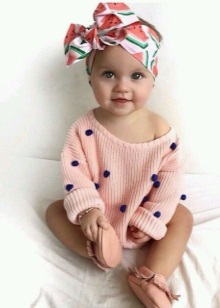
Chinese and European manufacturers, starting from the age of 7 years, indicate sizes only in letters: S (small), M (medium), L (large). Try not to confuse these sizes with adults, choose them according to a separate table. There are tables for shoes and other items of clothing. Each manufacturer (not counting the major brands) tries to compile tables taking into account the individual characteristics of production and accepted standards.
Experts advise taking measurements from the baby before buying.
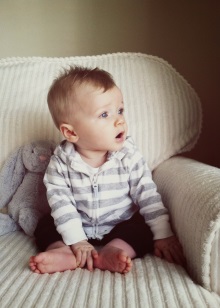

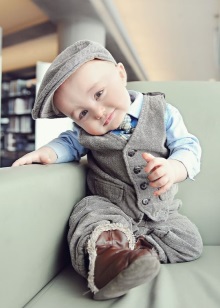
If the child has passed the age of five, you can choose clothes with him in the store with a fitting. During the fitting, you should not scold the child, otherwise buying clothes will injure him. If parents buy things without trying on, it is recommended to study the structural features of the baby, focus on weight and age. Remember that today's children are larger than their parents and grandparents once were in childhood.
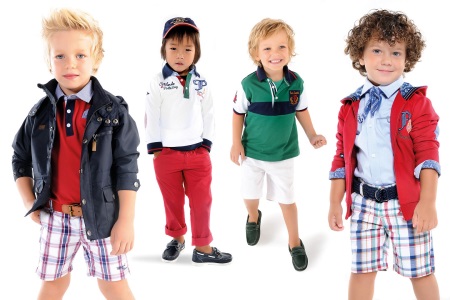
Size range for babies from 0 to 1 year
Babies between the ages of 0 and 1 years quickly gain weight and grow. Buying clothes for these little ones can be difficult because each manufacturer has the right to make clothes according to their own standards. Major Russian brands create clothes for children in accordance with GOST. Newborns need comfortable clothing.
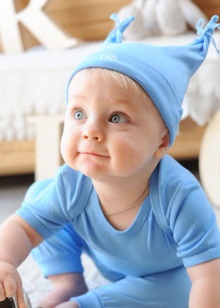

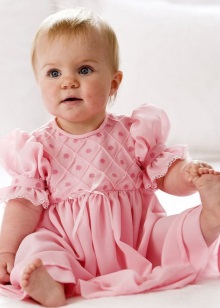
The most popular things are overalls, vests, bodysuits, hats, caps, sliders, socks, tights, mittens, mittens.
Overalls for newborns are selected according to height. They have a loose fit. When choosing a jumpsuit, keep in mind that the baby is growing rapidly, so buy a thing for growth. When buying rompers, panties and T-shirts, pay attention to the sizing system. Numbers 18, 20, 22 are indicated on Russian-made children's clothes.Buy sliders taking into account the growth of the baby and chest circumference. Don't be afraid to take baby clothes one size larger.
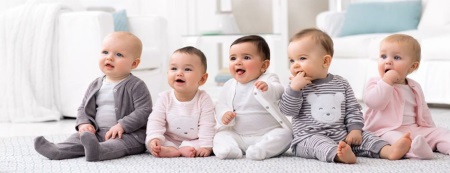
The length of the foot will help determine the size of the socks. Correctly it is measured from the heel to the tip of the thumb. There is a separate table for sock sizes from 0 to 2 years. Tights for children are selected taking into account height in centimeters. If the child has a large leg, it is better to take tights that stretch. For a well-fed baby, tights one size larger than the actual age are suitable. Remember that different manufacturers may have their own sizing grid.
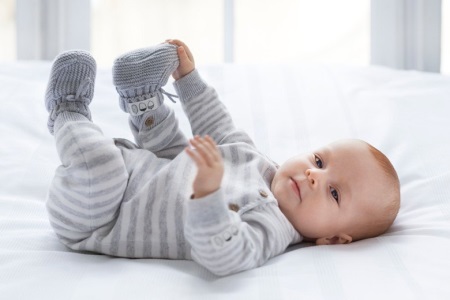
The size of caps and bonnets is determined by the length of the circumference of the head. Correct measurement: on the eyebrows, above the ears and towards the back of the head. Hat sizes are different. They can be designated by a number and a letter, be single, double. Double sizes are more common: 36-38, 42-44. In the case of hats for a month-old baby, you should choose hats by size, and not by growth. The size of mittens and mittens is determined by the length and girth of the palm, excluding the thumb.
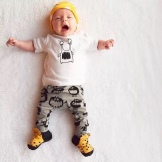
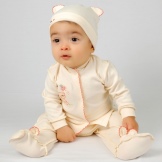
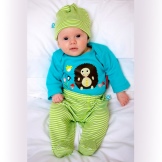

|
The size |
50 |
56 |
62 |
68 |
74 |
80 |
|
Age |
1 month |
2 months |
4 months |
6 months |
9 months |
1 year |
|
Bust |
40 |
42 |
44 |
46 |
48 |
50 |
|
Double sizes |
50/56 |
62/68 |
74/80 |

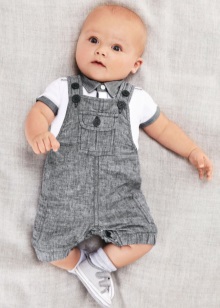
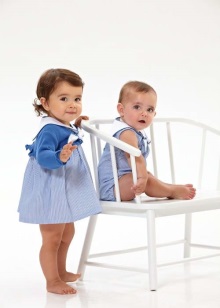
Teen Clothing Size Chart
Adolescence for boys and girls is considered 12-17 years.
The main indicator of the correct size in adolescents is height in centimeters. It is measured in a standing position, from the crown to the heels. Weight plays a role in choosing clothes if the child has a non-standard equipment. Also, for the correct determination of the size, measurements of the hips, waist and leg length will be required.

For girls
|
Growth |
Breast |
Waist |
Hips |
The size |
|
147-152 |
73-77 |
63-65 |
79-83 |
152 |
|
153-158 |
76-80 |
64-67 |
82-87 |
158 |
|
159-164 |
79-83 |
66-68 |
86-90 |
164 |
|
165-170 |
82-86 |
67-70 |
89-94 |
170 |
|
171-176 |
85-89 |
69-71 |
93-97 |
176 |
|
177-182 |
88-92 |
70-73 |
96-101 |
182 |
|
183-188 |
91-95 |
72-75 |
100-105 |
188 |

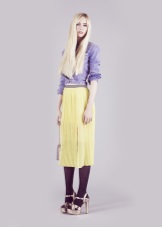
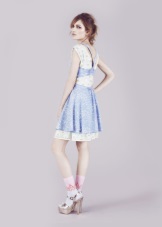
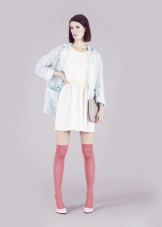
Taking into account the fact that the physical development of each child takes place at an individual pace, it is difficult to choose clothes strictly according to the table.
After 13 years, it is easier to find a correspondence between the data in the tables and the parameters. Remember that the division into women's and men's clothing begins at the age of six. Teen tables are divided by gender: for girls and boys, as well as by type of clothing.

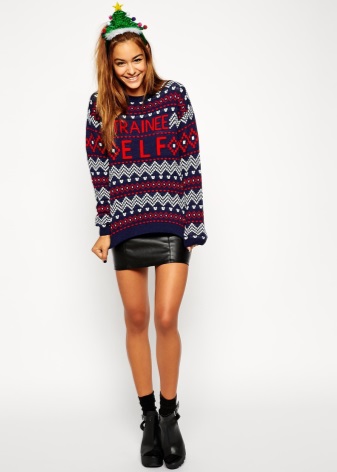
For boys
|
Growth |
Breast |
Waist |
Hips |
The size |
|
147-152 |
73-77 |
63-65 |
79-82 |
152 |
|
153-158 |
76-80 |
66-69 |
81-85 |
158 |
|
159-164 |
79-83 |
68-71 |
84-88 |
164 |
|
165-170 |
82-86 |
70-73 |
87-91 |
170 |
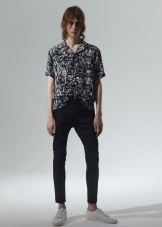

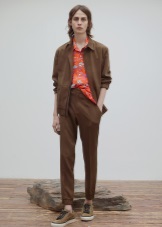
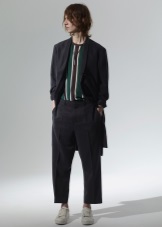
|
171-176 |
85-89 |
72-75 |
90-94 |
176 |
|
177-182 |
88-92 |
74-78 |
93-97 |
182 |
|
183-188 |
91-95 |
77-81 |
96-100 |
188 |

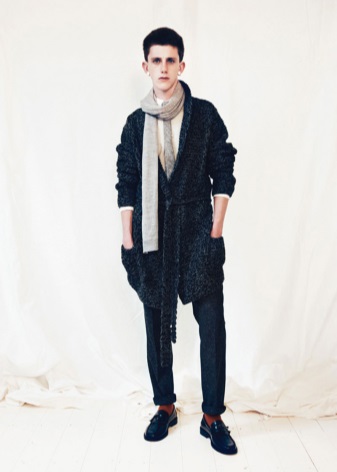
Taking measurements
Buying clothes for a child is a complex and responsible process. Parents know how hard it is to choose things for rapidly growing children. Do you want to correctly determine the size of clothes? Take correct measurements. Children under two years of age should be measured in the supine position, and after two years of age - standing.
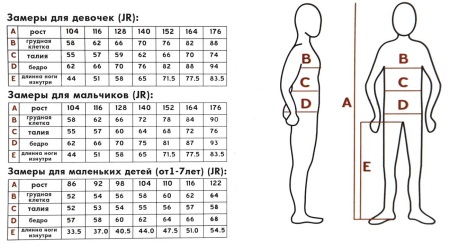
All measurements are taken with a soft measuring tape. The dimensions of the hips and chest are determined by the most protruding points. When measuring the waist, the child should not strain and pull in the stomach. The body should be as relaxed as possible. Sleeve length is measured from the shoulder joint to the tip of the thumb.
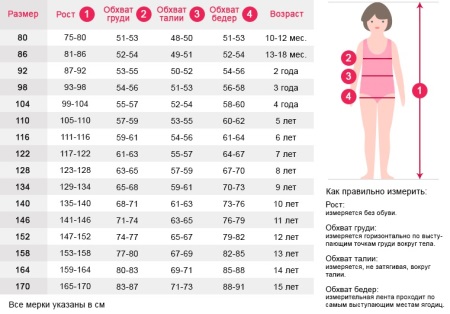
A properly selected shirt, sweater, jacket sits on the figure, and when you raise your hands, it does not ride up and does not expose the body. The inseam of jeans or trousers is measured from the crotch to the ankle. To determine the size of the headgear, the circumference of the head is measured from the protruding point of the back of the head and the superciliary arch. The measuring tape should not be pulled tight during measurements.
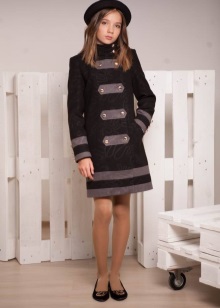
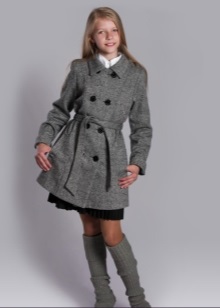
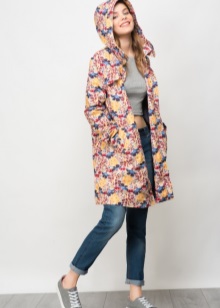
In many tables, head circumference is indicated in centimeters with a slight error. Children's socks correspond to the size of the shoes. Measure your foot from heel to tip of your big toe (largest ledge) with a tape. Children's tights are selected according to foot size, leg length and age.
When analyzing size tables, remember that each country has its own system. In America, clothes are chosen taking into account age with average parameters. In Europe, bust, hips, waist and height are taken as the basis.
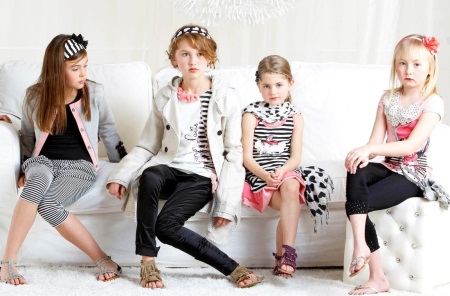
Clothes from Russia
Russian sizes are clear to the buyer of children's clothing. Domestic manufacturers sew things according to GOST, which allows you not to make a mistake during the purchase. If the manufacturer is conscientious and sews things according to the established standard, then winter, summer, outerwear, dresses, as well as the bottom will be easy for the child to pick up according to the table. Russian sizes are based on metric data, which helps you make the right choice.
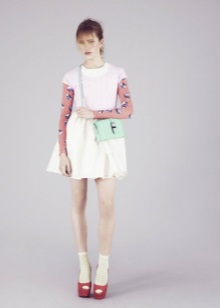
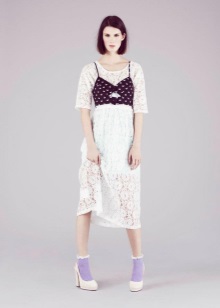
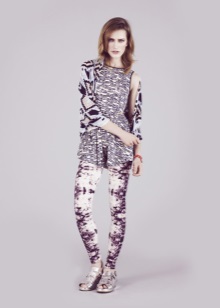
|
The size |
Age |
Growth |
Weight, kg |
Breast volume |
Waist |
Hips |
Inseam length |
The length of the sleeve |
double size |
|
18 |
1 month |
50 |
3-4 |
41-43 |
41-43 |
41-43 |
16 |
14 |
50/56 |
|
18 |
2 months |
56 |
3-4 |
43-45 |
43-45 |
43-45 |
18 |
16 |
|
|
20 |
3 months |
62 |
4-5 |
45-47 |
45-47 |
45-47 |
20 |
19 |
62/68 |
|
22 |
3-6 months |
68 |
5-7 |
47-49 |
46-48 |
47-49 |
22 |
21 |
|
|
24 |
6-9 months |
74 |
6-9 |
49-51 |
47-49 |
49-51 |
24 |
23 |
74/80 |
|
24 |
12 months |
80 |
9-11 |
51-53 |
48-50 |
51-53 |
27 |
26 |
|
|
24 |
1.5 years |
86 |
12 |
52-54 |
49-51 |
52-54 |
31 |
28 |
86/92 |
|
26 |
2 years |
92 |
14 |
53-55 |
50-52 |
53-56 |
35 |
31 |
|
|
26 |
3 years |
98 |
15 |
54-56 |
51-53 |
55-58 |
39 |
33 |
98/104 |
|
28 |
4 years |
104 |
18 |
55-57 |
52-54 |
57-60 |
42 |
36 |
|
|
28 |
5 years |
110 |
21 |
56-58 |
53-55 |
59-62 |
46 |
38 |
110/115 |
|
30 |
6 years |
116 |
25 |
57-59 |
54-56 |
61-64 |
50 |
41 |
|
|
30 |
7 years |
122 |
28 |
58-62 |
55-58 |
63-67 |
54 |
43 |
122/128 |
|
32 |
8 years |
128 |
30 |
61-65 |
57-59 |
66-70 |
58 |
46 |
|
|
32 |
9 years |
134 |
33 |
64-68 |
58-61 |
69-73 |
61 |
48 |
128/134 |
|
34 |
10 years |
140 |
35 |
67-71 |
60-62 |
72-76 |
64 |
51 |
|
|
36 |
11 years |
146 |
36 |
70-74 |
61-64 |
75-80 |
67 |
53 |
146/152 |
|
38 |
12 years |
152 |
38 |
75 |
65 |
82 |
70 |
55 |
|
|
40 |
13 years old |
158 |
40 |
78 |
67 |
85 |
74 |
158/164 |
|
|
42 |
14 years |
164 |
43 |
81 |
69 |
88 |
77 |
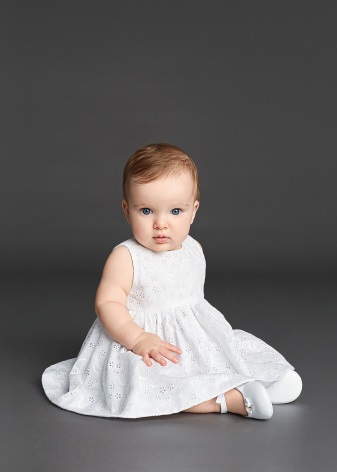
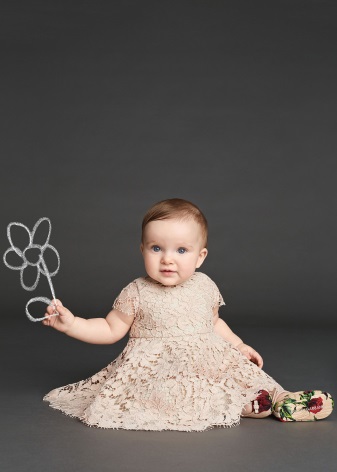
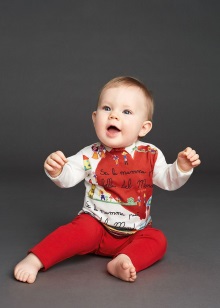
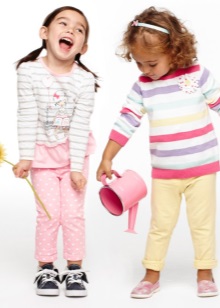
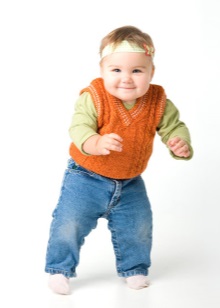
The Russian dimensional grid is different in that it is universal and includes height, age, weight, volumes, crotch length, sleeves. The table is designed for children aged 1 month to 14 years.

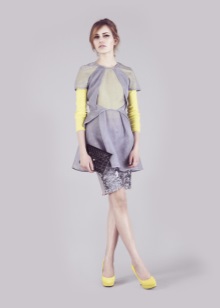

Dimensional grid of European sizes
European sizes, including English ones, differ from domestic ones. It is easier for kids under four to buy clothes than for older kids. With active growth, the difference between boys and girls becomes pronounced, so gender tables should be used.
If you buy European-made clothes, take things one size larger. Children grow up quickly, so buying clothes for growth is economically beneficial for parents.
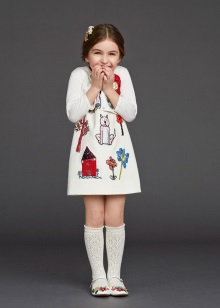

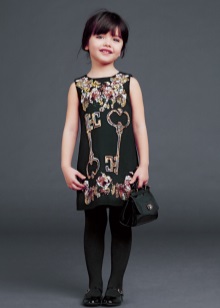
The European size range exists separately for boys and girls aged three to seventeen. There is also a separate table for children from 0 to 3 years old.The tables include Russian Size, Age, Height, Bust, and EU, UK, and US Sizes. Domestic and European dimensional grid is almost identical. The only difference is that in Russia clothes are created according to GOST and designed for thin children, while European things sit loosely on the figure and tend to be oversized.
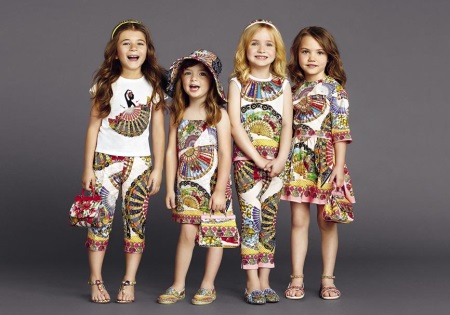
Chinese size line
The most important difference between the Russian dimensional grid and the Chinese one is that domestic manufacturers, when creating clothes, are guided by the height of the child, and the Chinese - by age. Given the fact that there are a lot of Chinese products in stores and on the shelves, it is necessary to understand the line of foreign sizes. The Chinese size range is smaller than the Russian one: only four sizes for babies up to a year old.
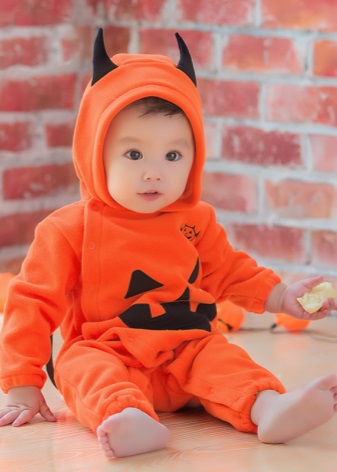
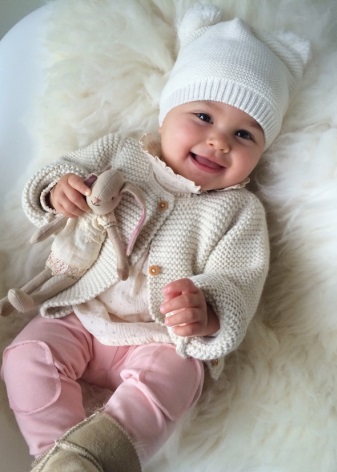
On things made in China, you can sometimes see the letter "t". This means that the clothes are intended for children over two years of age.
The number in front of the letter means the age of the child, for example, "3t".

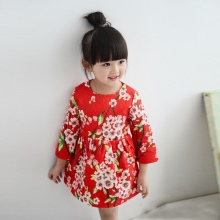

The dimensional grid of Chinese clothing is for three categories: children of two years of age, boys from three to seventeen years old, girls from three to fifteen years old. The tables show Russian size, Chinese size, age, height, bust.
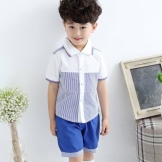
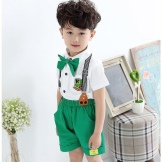
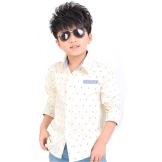
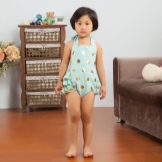
Dimensional grid of Turkish things
Turkish-made clothes and shoes are of high quality tailoring and materials. In Russia, things from Turkey are highly valued.
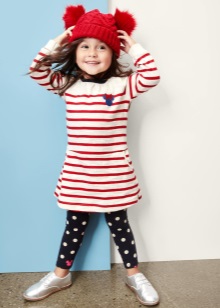
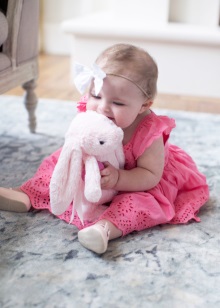
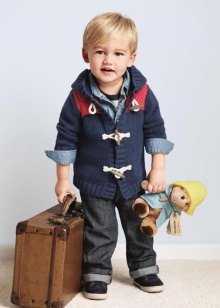
If you buy clothes for a child in the country of production, then you can buy a high-quality and durable thing for little money. If you are afraid to make a mistake with Turkish sizes, choose clothes based on weight and height for a 4-5 year old child.
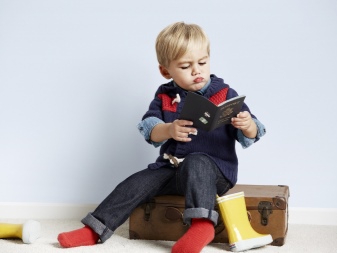
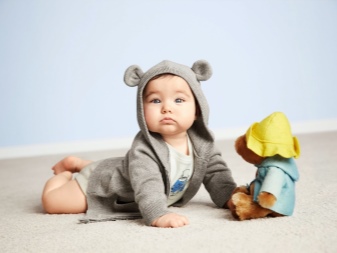
|
Russian size |
Chinese size |
Age, months |
Height, cm |
Bust, cm |
|
18 |
0 |
0-2 |
56 |
36 |
|
18 |
3 |
3 |
58 |
38 |
|
20 |
3-6 |
4 |
62 |
40 |
|
20 |
6 |
6 |
68 |
44 |
|
22 |
6-12 |
9 |
74 |
44 |
|
24 |
12 |
12 |
80 |
48 |
|
26 |
18 |
18 |
86 |
52 |
|
28 |
24 |
24 |
92 |
52 |
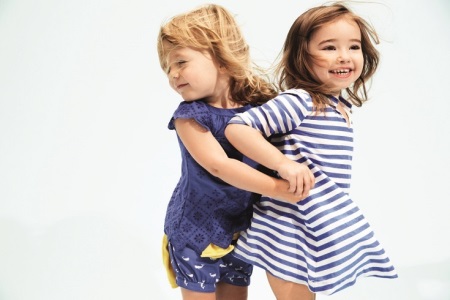
Usually, Turkish manufacturers indicate on the label what height this or that thing is intended for.
Older children need to take measurements, but this is quite tiring, so most parents take the child to the mall and try on clothes before buying.
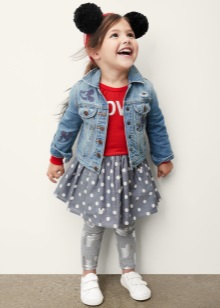
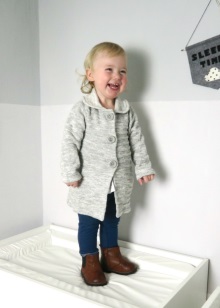
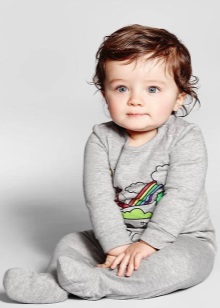
Tables have been developed specifically for this purpose. Turkish manufacturers have a division of sizes for children from 0 to 2 years old, boys from 3 to 17 years old and girls from 3 to 15 years old. Turkish charts include country sizes, child's age, height and bust.
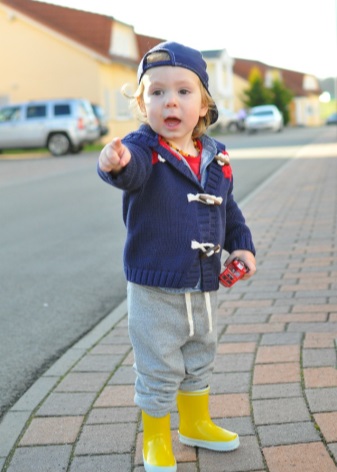
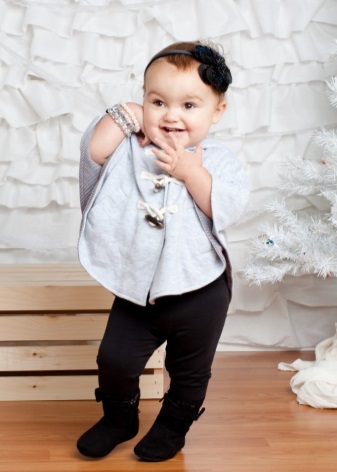
Rules for choosing clothes from a foreign manufacturer
When choosing foreign-made clothes, follow some rules:
- Things from France run small, so take clothes one size larger.
- Clothes from Italy and Germany are oversized.
- If the Chinese clothes are factory made, the size chart can be trusted. Fakes often do not adhere to the dimensional grid.
- During the measurement of height, hips and chest, the child must be dressed in underwear.
- Be sure to wash your items after purchase. Remember that clothes made from natural fabrics shrink when washed in hot water.
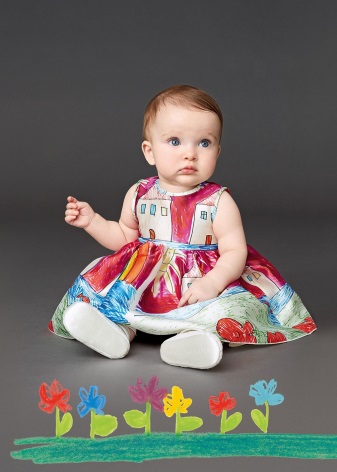
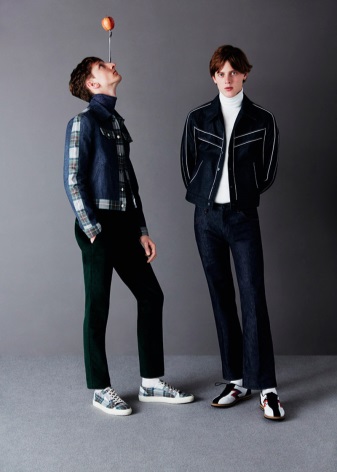

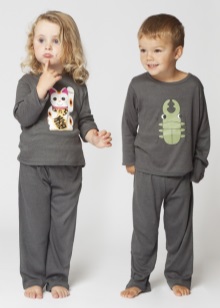
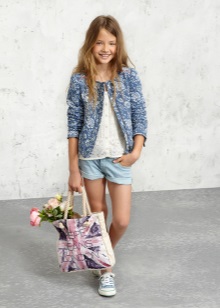






















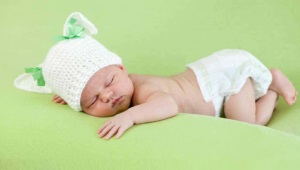






Convenient size charts for men's, women's and children's clothing.
useful info)
The information is helpful.